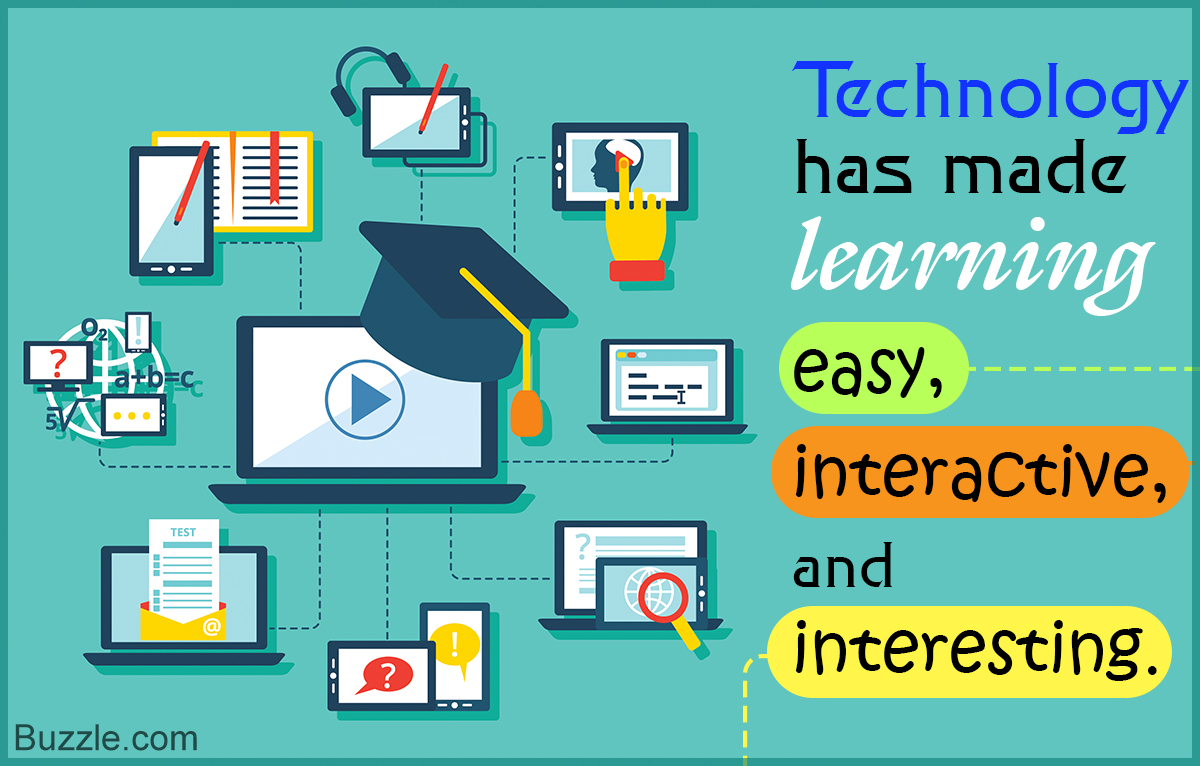“Technology? Who needs technology!? Back in my day, we had to walk to school barefoot up-hill both ways!..”
-My Dad… probably
Thinking back to my historical understanding of technology in education, I have attempted to relive my time as a student in elementary, high school, university, and then into my years as an educator. A lot has changed over the past 3 decades. Long gone are the days when my teacher would throw up some slides on the overhead projector, or wheel the tube TV and VCR into the room to show a movie from the National Film Board in Social Studies. Although these teaching strategies still exist, they have been adapted in innovative ways by using new technology to engage students and help them develop their skills in a more efficient way. We have moved forward from oral communication to written, to broadcasting and video, to computer technologies, to social media. Teachers and students have learned to adapt to many new technologies, and that will continue long into the future.
Although I would not call myself technologically savvy, I have always been fascinated by new devices, gadgets, and ways to learn in school. As a young person, I found technology helpful in bringing learning to life. Rather than seeing pictures in a book about specific people or places, they were brought to life via videos. This was a game changer for me as I always found myself to be a visual learner. Video technology tapped into my brain in a way that books and drawings just could not provide. I can remember struggling through classes where we would copy notes that the teacher was writing on the whiteboard, trying to keep up with their lightning-fast writing. If only there was a way we did not have to write all of this down. “Remember children… the muscle memory of writing all of these words will help you memorize the material and therefore do well on the quiz.” I don’t believe this for a second… Hey, I’ve been there. I have tried it with my students too. It did not work!
Fast forward to my time in university, when I got my first cell phone and laptop. Yes, there were some university lectures where I found myself enthralled in some new addicting game rather than typing the notes… Overall, however, the ability to use devices in school multiplied my ability to learn inside and outside of the classroom. Google became my educational bestie, which it continues to be even during my short career as an administrator. Long story short, I would argue that technology in education has created many debates, yet it has provided educators with so many more opportunities to help students learn in varieties of ways. At the end of the day, it is finding ways to use technology in ways that will be more helpful than harmful.

When I think of a contemporary definition of educational technology, the picture above comes to mind. Above all other things, making learning easier for all students should be one of our focus areas. Finding interactive and interesting ways to do this is what ed tech strives to do.
Below are just a few of the many technologies that exist today to provide students with more opportunities for success. Although the goal is to be as effective and efficient as possible. Sometimes, teachers require lots of time to cypher through new technology to ensure they know how to use it, to find ways to untap its potential.
As an ed tech supporter, it was valuable for me to read through the assigned readings this week to broaden my understanding of the history of ed tech, along with some of the possible challenges, debates, and issues out there.
Technology, as mentioned in a talk by Neil Postman in 1998, can have unintended consequences. For example, technology can lead to an unequal playing field between students of varying socioeconomic backgrounds. Technology costs money, and those who have more access to it will probably have more access to technology. Is this fair? It is a debate that has lasted for many decades and is still on the front burner. Another challenge that technology presents is when educators are resistant to change. This can lead to major issues between school divisions, leadership, and teachers when specific technologies are forced to be used for academic purposes.
These issues are only scratching the surface when it comes to ed tech in today’s world. Overall, however, I am a proponent of technology use in the classroom as it has continued to evolve in ways that support students of diverse needs, backgrounds, and interests. Educators have found new and innovative ways to teach students for the past several centuries. Why stop now!?
your post talks about how technology has changed education over the years. You share your experiences from the time of overhead projectors to today’s digital tools. You like how technology makes learning more interesting, especially as a visual learner. You mention challenges like the cost of technology and resistance to change. Despite these challenges, you support using technology in classrooms to help all kinds of students. It’s like saying, “Let’s keep finding new and cool ways to teach because it’s been working for centuries!” Great job!